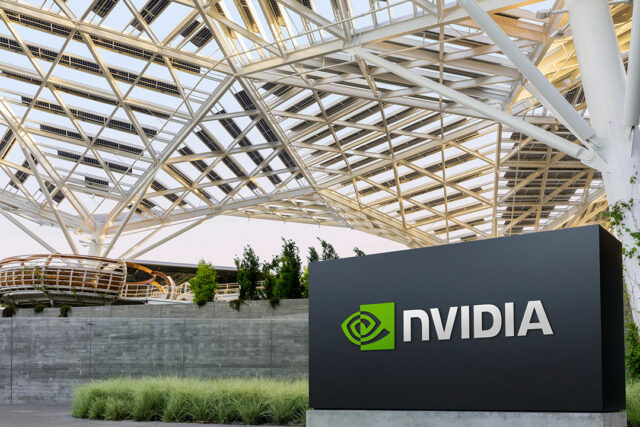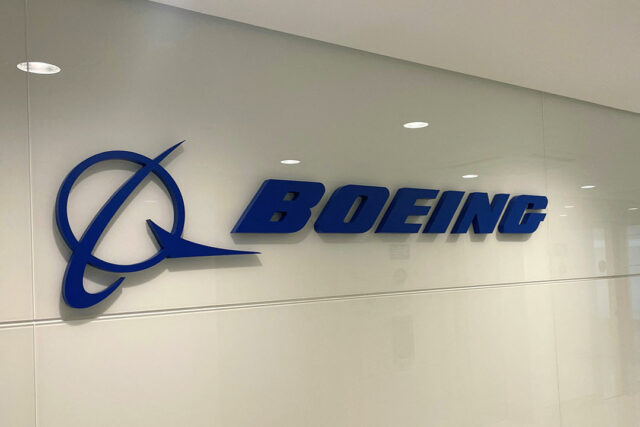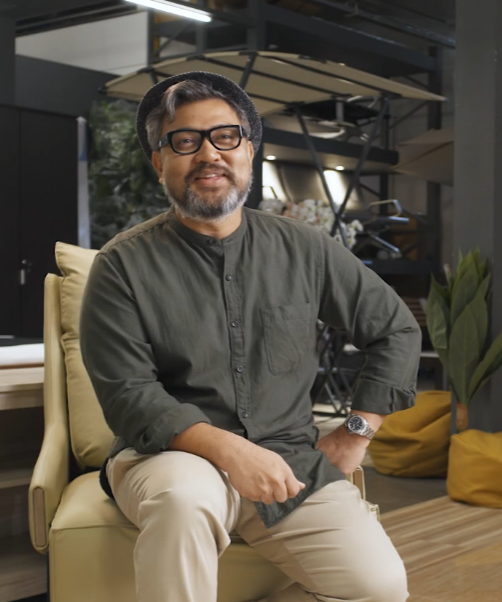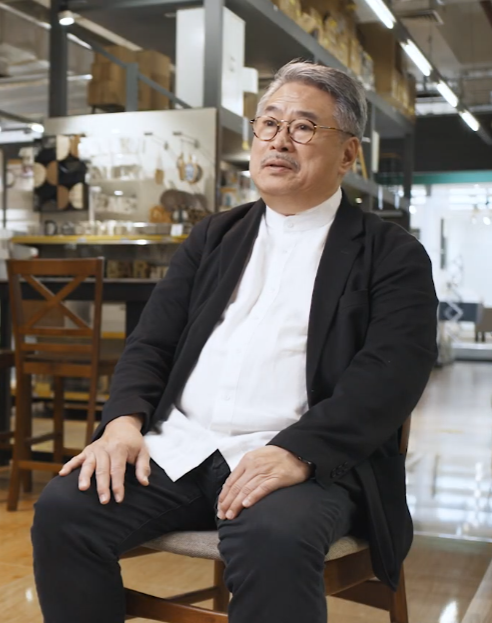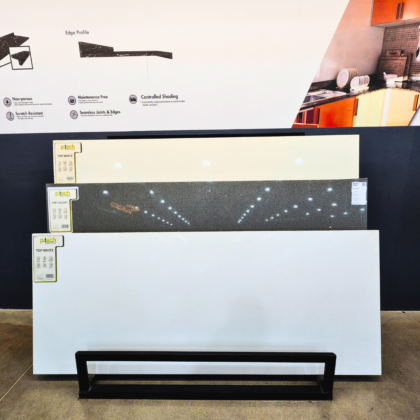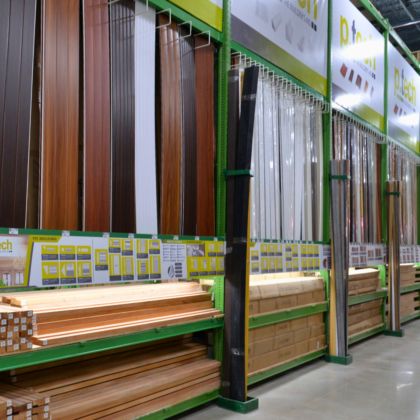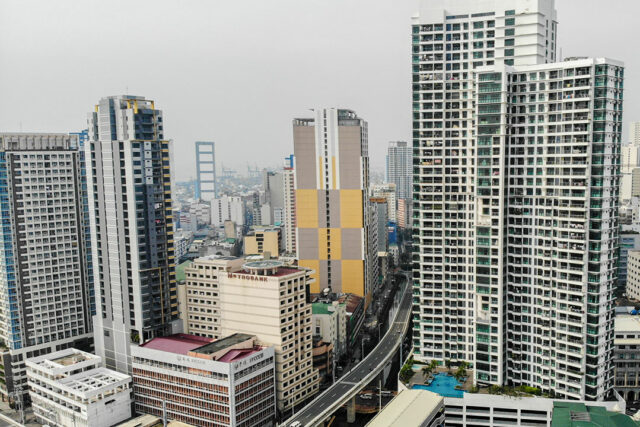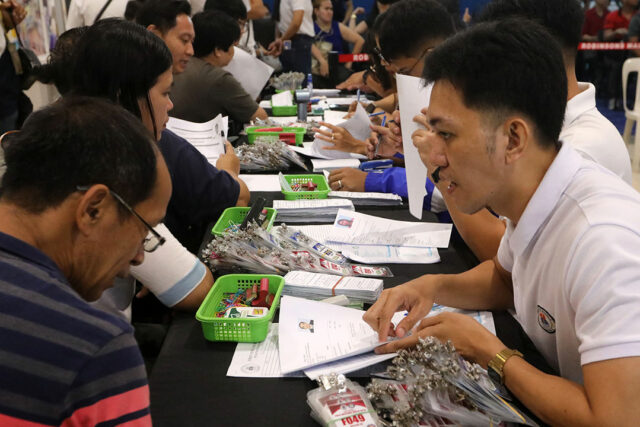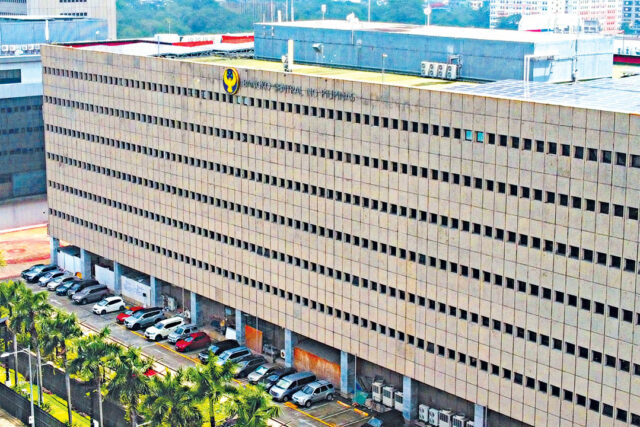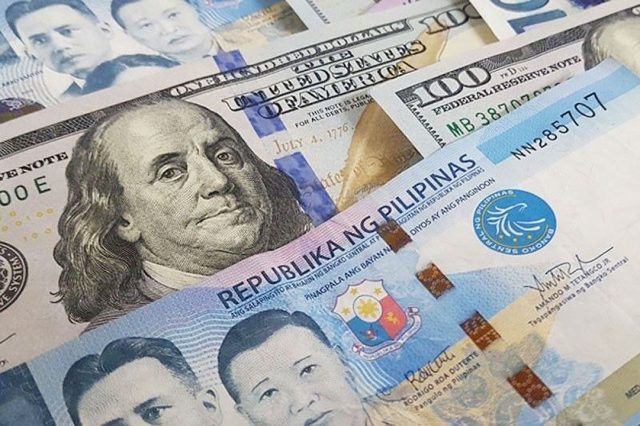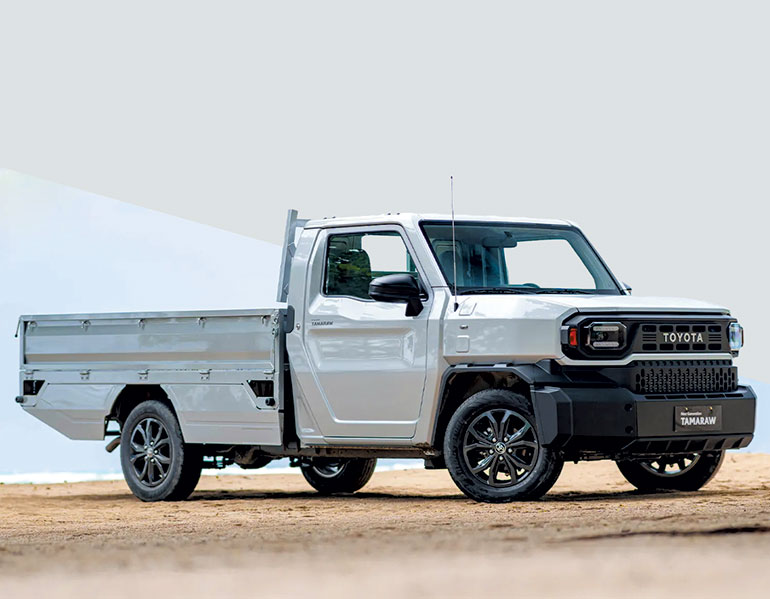THE PHILIPPINE ECONOMY expanded by a weaker-than-expected 5.2% in the fourth quarter, bringing full-year growth to below the government’s target amid subdued consumption and lower farm output.
Data from the Philippine Statistics Authority (PSA) showed that gross domestic product (GDP) expanded by 5.2% in the October-to-December period, slower than the 5.5% print in the same period in 2023 and below the 5.8% median estimate in a BusinessWorld poll.
This matched the 5.2% expansion in the third quarter, which was the slowest GDP since 4.3% in the second quarter of 2023.

Full-year growth came in at 5.6%, falling short of the revised 6-6.5% target, and the 5.7% median estimate in a BusinessWorld poll. The 2024 GDP print was slightly faster than 5.5% in 2023.
“In 2024, we faced numerous setbacks like extreme weather events, geopolitical tensions, and subdued global demand, similar to the challenges we encountered in 2023,” National Economic and Development Authority (NEDA) Undersecretary for Policy and Planning Group Rosemarie G. Edillon said. “This suggests that these conditions may represent the new normal.”
On a seasonally adjusted quarterly basis, GDP posted growth of 1.8% in the fourth quarter from 1.5% in the previous quarter.
Among Asian countries that have released their data, Ms. Edillon said the Philippines had the third-fastest GDP growth in the fourth quarter, behind Vietnam (7.5%) and China (5.4%), and ahead of Malaysia (4.8%).
“While this is below our target, we continue to be one of the fastest-growing economies in both the region and the world. This is despite external and local challenges such as extreme weather events, geopolitical tensions, and subdued global demand,” Finance Secretary Ralph G. Recto said in a separate statement.
Ms. Edillon attributed the slower growth to the impact of a series of typhoons on the agriculture sector in the last few months of 2024.
Agriculture, forestry, and fishing (AFF) shrank by 1.8% in the October-December period, improving from the 2.7% contraction a year ago.
In 2024, agriculture declined by 1.6%, a reversal of the 1.2% growth in 2023.
“The agriculture sector has faced significant setbacks due to typhoons, droughts, and other climate-related disruptions,” Ms. Edillon said.
Separate PSA data showed agricultural output contracted by a record 2.2% to P1.73 trillion in 2024, brought by El Niño and then followed by La Niña. Farm output’s decline last year was the worst in almost three decades (26 years) or since the 7% contraction in 1998.
“The AFF sector, which contributes around 8% to GDP and provides livelihood for about one-fourth of the workforce, faced disruptions in crop production, livestock, and fisheries, further compounding its vulnerabilities,” Ms. Edillon said.
At the same time, the industry sector grew by 4.4% in the fourth quarter, slowing from 5.1% a year ago. For 2024, industry expanded by 5.6%, improving from 3.6% in 2023.
Construction and manufacturing were the main contributors to industry’s growth. Construction growth slowed to 7.8% in the fourth quarter from 9% in the same period a year ago, bringing the full-year growth to 10.3%.
“Manufacturing grew only by 3.1%. This performance has been hampered by subdued global demand due to geopolitical tensions and the slow recovery of advanced economies,” Ms. Edillon said.
“There are industries like semiconductors that still need to update their product offerings to meet changing demand.”
The services sector, which accounted for 62% of total GDP, expanded by 6.7% in the October-to-December period, slowing from 7.4% in the same period in 2023. For the full year, services growth stood at 6.7%.
LACKLUSTER CONSUMPTION
Meanwhile, household final consumption expenditure, which accounts for over 70% of the economy, grew by 4.7% in the fourth quarter, slowing from 5.2% in the third quarter and 5.3% in the same quarter in 2023.
For the full year, household consumption rose by 4.8%, slowing from 5.6% in 2023. Private consumption accounts for about three-fourths of the economy.
Ms. Edillon said household consumption was affected by the series of typhoons that hit the country in the fourth quarter.
“This one has dampened the growth momentum… Although we did see that there was an increased spending on travel, on transport, and on recreation and culture. But it was not enough to counter the slowdown in the other expenditure items,” she said.
Ms. Edillon said high prices of food, particularly vegetables, also weighed on consumption in the fourth quarter.
“We’re hoping that this is very temporary… We hope that the situation will stabilize soon,” she added.
Miguel Chanco, chief emerging Asia economist at Pantheon Macroeconomics, said the latest GDP data show a renewed deterioration in household consumption.
“This (4.7% rise in consumption in the fourth quarter) marks a return to the 10-year-plus lows seen in the first half of last year, if we’re to exclude the anomalous COVID-19 years, with the full-year outturn of 4.8% representing the slowest growth since 2010,” Mr. Chanco said in a report.
“We’d like to reiterate that private consumption is likely to remain subdued even though inflation has normalized, and interest rates are now falling, as household balance sheets are still weak, plagued by low savings and high debt,” he added.
GOV’T SPENDING
PSA data also showed government final consumption expenditure (GFCE) rose by an annual 9.7% in the October-to-December period, a turnaround from the 1% decline in the same period in 2023.
In 2024, government spending grew by 7.2%, faster than 0.6% seen in 2023.
“We are quite happy with this performance of GFCE… That particular spending growth is actually quite respectable and in fact supportive of the entire economy,” Ms. Edillon said.
In a separate interview, Ms. Edillon said seven infrastructure flagship projects (IFPs) were completed last year and 13 more are on track to be finished this year.
Gross capital formation, the investment component of the economy, grew by 4.1% in the fourth quarter, sharply slowing from 11.6% in the same quarter in 2023.
For the full year, gross capital formation expanded by 7.5%, faster than 5.9% a year ago.
Ms. Edillon said that in general, the investments remain fine as there is still a huge backlog of infrastructure projects that will “tide us over until we get all these big investments coming in.”
“With respect to foreign investments, you still have geopolitical tensions. This is a big problem but we’re hoping these are very temporary,” she added.
Meanwhile, exports of goods and services grew by 3.2% in the fourth quarter, bouncing back from the 2.5% contraction in the same period a year ago, driven by a 13.5% rise in exports of services. Exports of goods fell by 4.6%.
For 2024, exports of goods and services expanded by 3.4%, faster than the 1.4% growth in the previous year.
Imports increased by 3.2% in the fourth quarter, faster than the 2% in the prior year.
For the full year, imports expanded by 4.3%, quicker than the 1% growth in 2023.
OUTLOOK
Meanwhile, NEDA’s Ms. Edillon said the government is confident on hitting at least the lower end of the 6-8% target for 2025 as government agencies are instructed to “think continuity and maximum impact.”
“Looking ahead to 2025, we want to regain our growth momentum driven by strategic investments and initiatives designed to strengthen resilience and lay the foundation for long-term, inclusive growth,” she added.
Mr. Recto said the government remains optimistic about the economic outlook this year.
“A lower inflation rate gives us more room to ease interest rates, which will further boost consumption,” he added.
Capital Economics Senior Asia Economist Gareth Leather said he expects the Philippine economy to grow by 6% this year.
“Strong and steady growth supports our view that the easing cycle will remain gradual over the coming months,” Mr. Leather said in a report.
The Bangko Sentral ng Pilipinas began its rate-cutting cycle in August last year, delivering a total of 75 bps worth of reductions.
“A key uncertainty over the coming year is whether and to what extent Donald Trump follows through with his threats to impose tariffs and clamp down on immigration. The Philippines is less vulnerable than other parts of the region to tariffs. However, Trump’s deportation plans could affect remittances from the US to the Philippines, which are equivalent to around 3.5% of the country’s GDP,” Mr. Leather said. — A.R.A. Inosante

